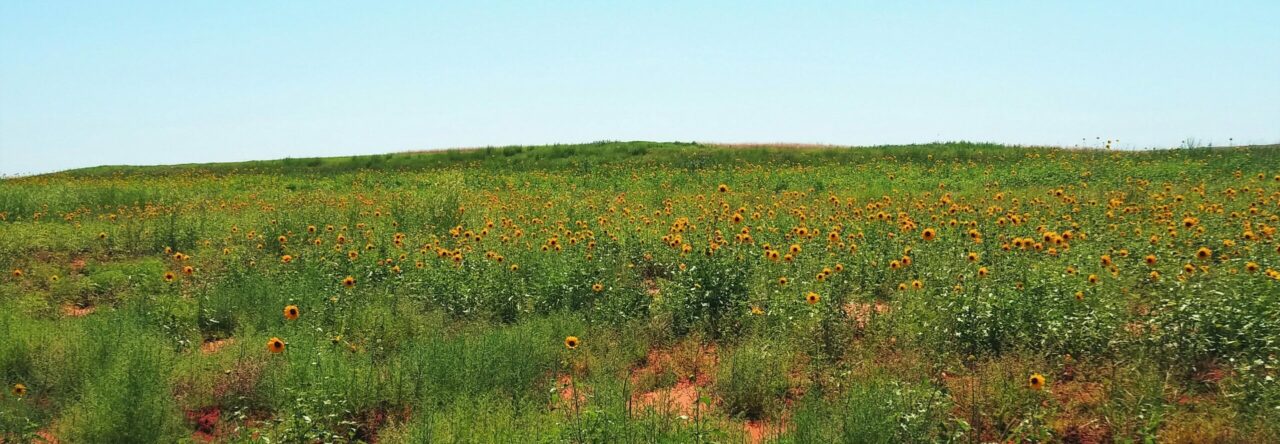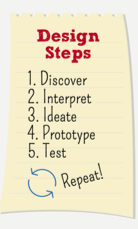Hello POD 4 ( Ben. S, Nataly.R, Eemaan.H, Jingzhe.C, Rohan.T, Adam.L)
When first opening this resource I liked the overall presentation, the bright images are engaging and the variety of drop-down menus create a clear and usable resource. I found the overview of resources extremely beneficial, as a user it provided a clear summary of the intended learning benefits. After exploring this resource fully I am still slightly confused about the intended audience of this resource. Initially, this resource seems to focus on the education of teachers so they can educate their students, and then at points, it seems to switch and focus on learners being the educator for themselves. I think you could develop this resource with both audiences in mind, however; if you were to implement this the information and writing would need to be altered in multiple areas of your resource. Your group would need to guide teachers on how to introduce the different learning techniques in the classroom and then provide some examples of how to practice them for students (the activities/modules could be differentiated based on the specific audience and that activity’s learning goals). I think altering your intended audience will make these resources fit into the class, it will specify it and help guide everyone to better learning strategies. One thing I was told and I think would help your group to improve your resource is to consider the person who is using your resource to have no prior knowledge on the topic or material. Meaning the audience/learner/user should be able to take what you give them and run with it on their meaning it should have all the necessary information and be extremely clear. Another idea I had is adding an about the author section. In this section, you could add what you did in developing this resource to demonstrate your overall participation, but you could also share which learning method you most prefer. Sharing a personal connection with users may help them find a learning strategy that best suits their needs (they may require similar things to you).
Also as my group has just had a meeting with our prof I thought I would share some of her feedback she gave us as I think it is beneficial to all. She clarified that your resources need to match the number of people in your group as much as possible, which means making sure things like the number of learning outcomes match the number of group members and so on. Other than that I thought you all did a great job, and I enjoyed learning from you all and your resources. I think your final product will be fantastic and very beneficial in supporting learners development of new and improved ways to comprehend what they are being taught. Best of luck with your adaptions and I look forward to the result. If you have any questions about my feedback please comment or respond I would be happy to clarify.
All the best,
Morgan


